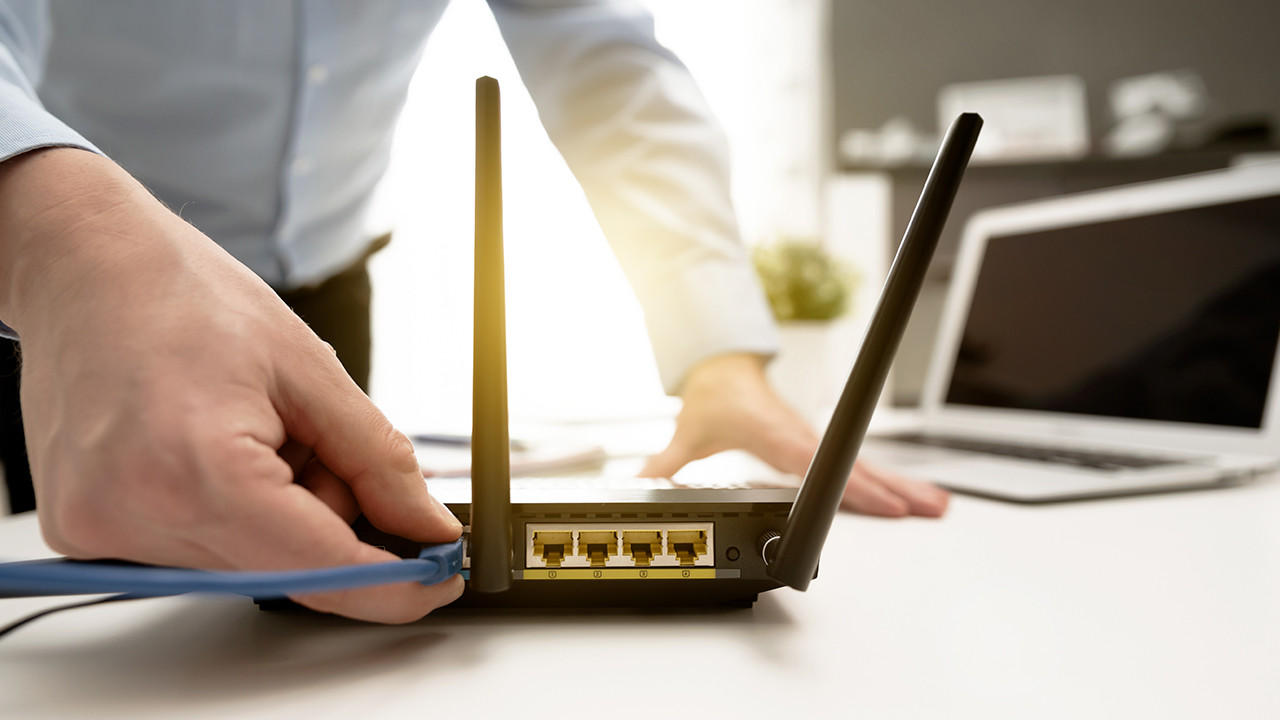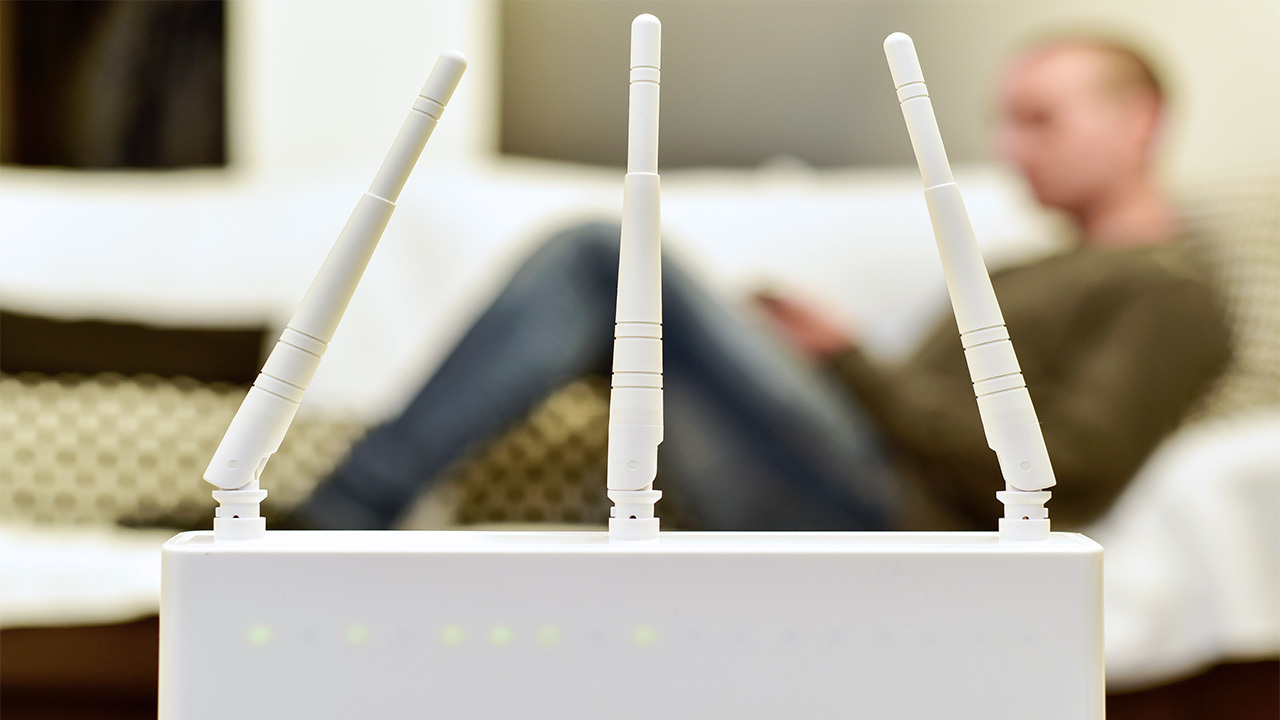Easy Ways to Boost your WiFi Signal

Wed, May 26, 2021 07:57 AM
Improve the security of your WiFi network
If you haven't properly secured your WiFi network, it could be used by the entire neighborhood. The less bandwidth you have available for each extra user on your network, the slower your speeds become. It's bad enough that you have to share bandwidth with your Fortnite-obsessed hubby. Don't give it to the neighborhood WiFi scavengers.
Related: How to Get Free Internet Legally in 2022?
To protect your WiFi network, follow these steps:
-
DO create a password that is both unique and complex, with at least eight characters and a mix of uppercase and lowercase letters, symbols, and numbers.
-
DO use a password to secure your WiFi network.
-
Don't use passwords that are simple, common, or Easily guessed, including passwords that contain personal information
Not to mention that you'll be protecting your devices and smart appliances from snoops and hackers.
Adjust your router's location
Because your router's signal may be blocked, deflected, or misdirected if it's not properly positioned, you'll have trouble picking it up in the furthest reaches of your home, and the speeds you do obtain will decrease.
When planning your route, keep the following in mind:
-
DON'T place your router near sources of electromagnetic interference like microwaves or Bluetooth speakers.
-
DON’T place your router near thick walls, heavy doors, large appliances, metal pipes, and fish tanks. Heavy objects block the signal, metal scatters it and water will swallow it.
-
DON'T hide your router in a closet or cupboard or place it near a window.
-
DO install your router in a central location in your home, insight and off the ground.

Keep your router updated
To update your router, follow these steps:
-
Make sure your router is up to date with the current firmware. Connect to its network, then open a web browser on your computer and type in the router's IP address (which will be displayed someplace on the device). You'll be asked to provide an admin username and password, both of which are visible on the device, usually on a sticker on the back or bottom. For your individual router, you'll notice an option labeled Firmware Update or Router Update. If an update is available, install it.
-
DO make changes to your router's settings. You don't need to be a computer whiz to adjust your router to make it work for you. When distributing bandwidth, some routers, for example, include entertainment settings that prioritize video streaming and gaming. This is a wonderful option if you're doing those things, but it can slow things down if you're sharing a connection with a large family.
-
Don't turn off your router during the night. While it's a good practice to turn off your gadgets when they're not in use to give them a break and save energy, turning off your router will cause your internet to appear to be down. The connection will then appear unreliable, and future speeds may suffer as a result.
-
Restart your router if necessary. It may sound as stupid as blowing on Nintendo cartridges, but rebooting your router will magically fix any internet connection issues.
Purchase a new router.
Many people rent a router from their Internet service provider. This is not just an expensive option over time, but the equipment may also be outdated or unsuitable for your home. You can get a more advanced third-party router for around the same price as a year's worth of router rental from your ISP.
When purchasing a new router, keep the following in mind:
-
Keep track of the antennas. Antennas are devices that broadcast WiFi signals throughout your home. The more, the better, as your signal will have a better chance of reaching your attic.
-
Choose a router with a high throughput speed, especially if you have a high-speed fiber connection or cable connection. Wireless protocol affects throughput speed. Look for a router that supports the 802.11ac protocol or WiFi 6 (also known as 802.11ax), the most recent wireless standard.
-
Choose a router with twin or tri-band capabilities. The 2.4 GHz and 5 GHz frequencies have already been discussed. Older routers only support 2.4 GHz, which is slower and more congested.
Find out more about WiFi extenders and mesh networks.
If you've made these adjustments and upgraded your router but still can't get signal to all parts of your house, you might want to consider investing in some additional technology.
-
Take into account a mesh network. Mesh networks are a better choice for larger residences. They function by establishing a network of nodes around your home that communicate with one another, ensuring that even the farthest node receives a strong signal and that you can get speedy WiFi even in your upstairs walk-in closet. They start at roughly $150 and go up in price as you add more nodes.
-
Think about WiFi extenders. These devices, also known as repeaters, relay signal from your network, ensuring that it reaches every corner and cranny of your home. They cost anything from $30 to more than $100.
Featured Plan

Bundles starting from $64.99/mo.
Optimum internet plans offer 1000 Mbps of ultra internet speed with Altice Fibe. You will be able to enjoy 420 plus channels in 4K ultra HD. Optimum is the fourth-largest cable provider in the United States.
View More Deals! (833) 396-32123